Summary
- The sixth generation of gaming is often regarded for its very strong lineup of revolutionary games.
- This generation includes home consoles like the Dreamcast, PS2, Xbox, and Gamecube.
- Games can be influential for their unique ideas, gameplay mechanics or graphics and art style.
Each generation of gaming has always influenced the next in some way. Every new game console brings with it more powerful hardware and never-before-seen technology with all sorts of advancements. But most importantly, every generation sees a whole slate of new games to play, each trying to utilize all the latest, fancy technology to its full potential.
4:09
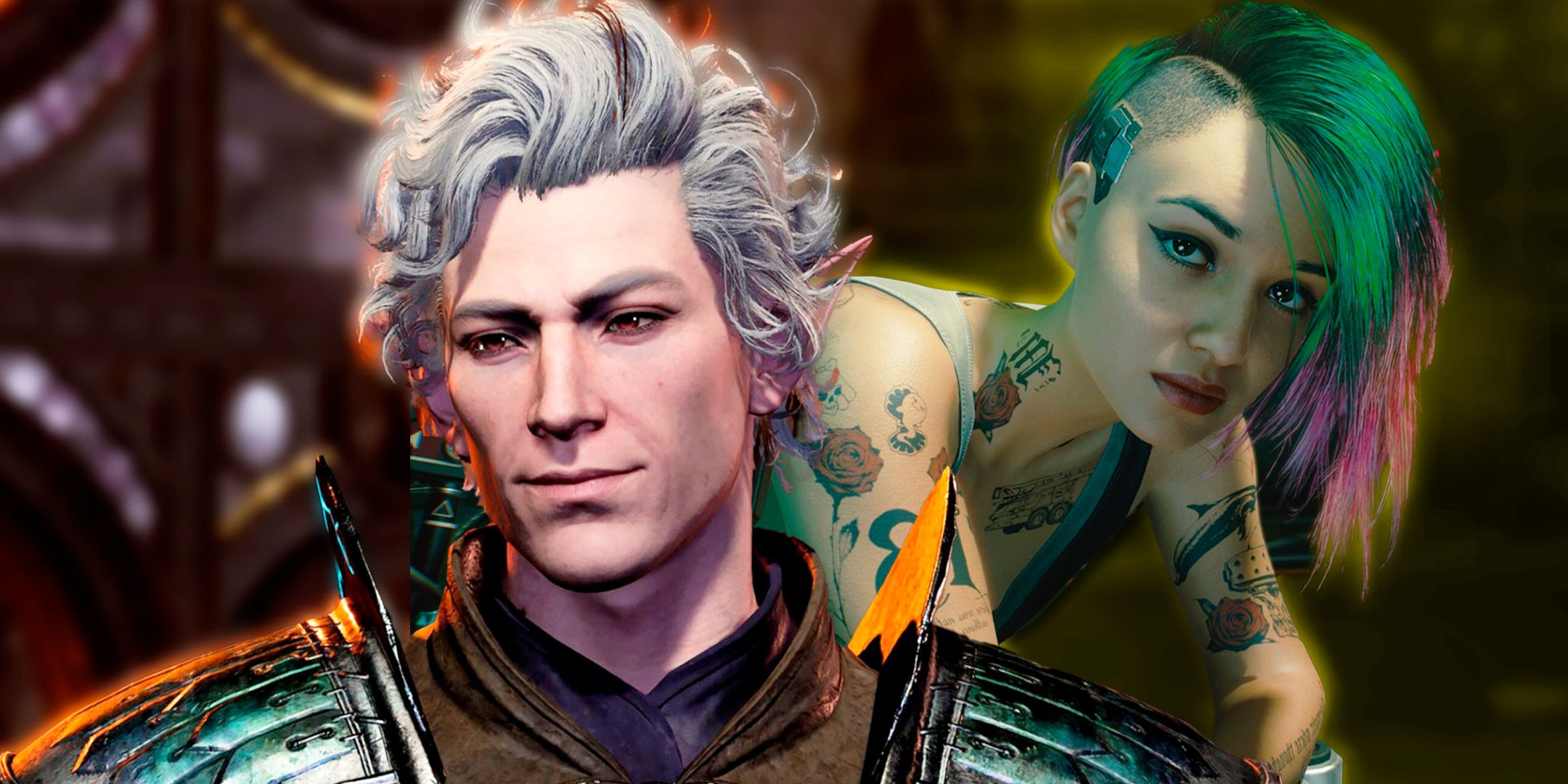
Related
Ranking The Most Influential Games So Far This Decade
Whether it’s massive AAA worlds that set a new benchmark for the genre, or simple indie titles, the 2020s has already seen a ton of influential games.
That same ambitious idea is what led to the creation of some of the most influential titles in the industry’s history — games that pushed the boundaries of console hardware, introduced unique mechanics, and opened up seemingly endless worlds for gamers to explore. While each generation has no shortage of notable releases, the sixth gen of game consoles is still widely regarded as one of the most important of all, due to its advancements in technology and its unique library of games.
– Must be available on a sixth-generation console.
8
Jet Set Radio (2000)
Swapping Skateboards For Rollerblades
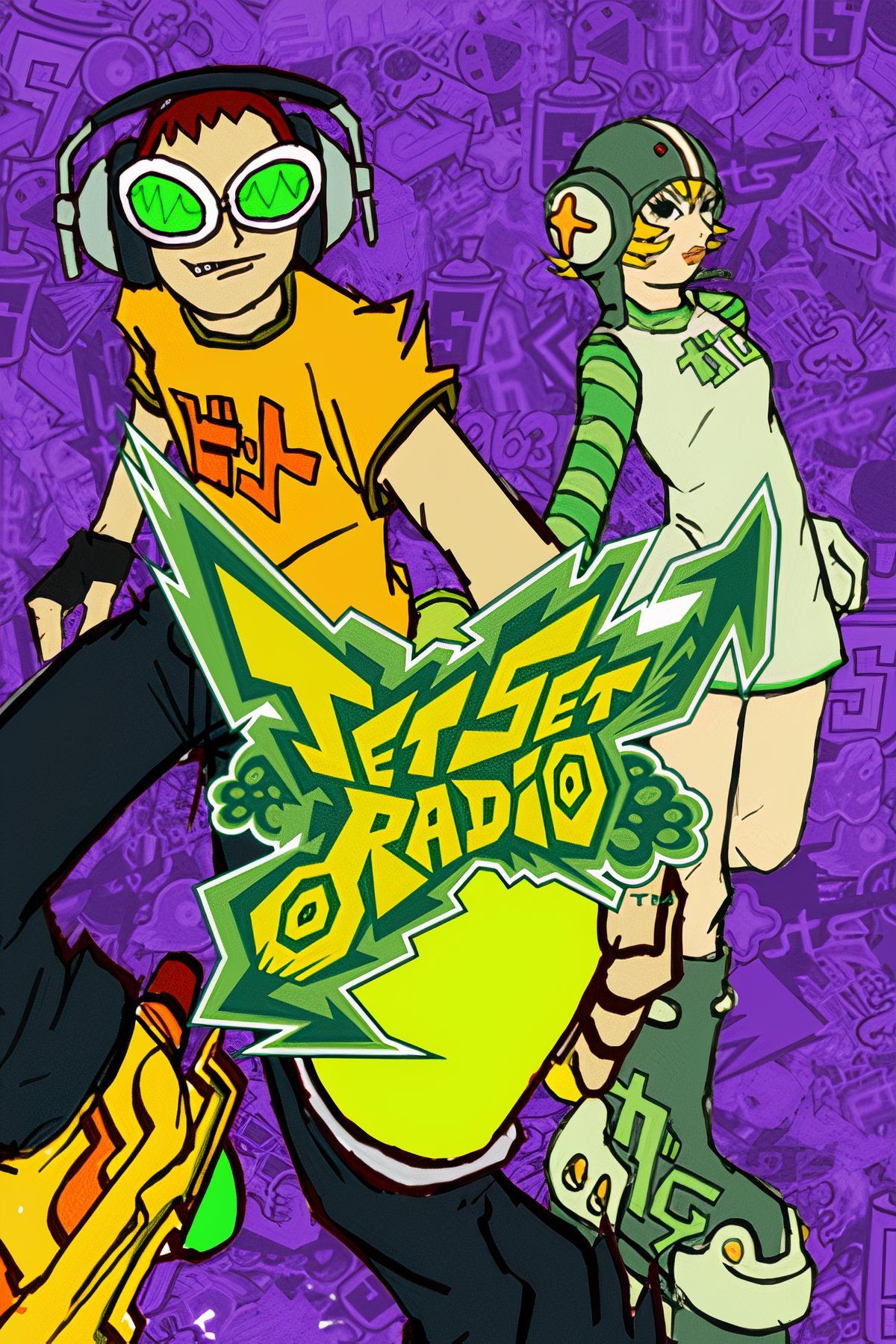
- Released
-
October 31, 2000
- Developer(s)
-
Smilebit, BlitWorks
Jet Set Radio (or Jet Grind Radio, depending on where you live) is one of the most widely-recognized games on Sega’s Dreamcast. Whether it was the game’s strange concept or its unique cel-shaded art style, it certainly stood out from the pack during the sixth generation of gaming.
Since the topic of skateboarding was dominated by you-know-who at the time (Hint: it was Tony Hawk), Jet Set Radio decided to take a different route with its gameplay. Instead, it fit players into a pair of rollerblades, where they controlled a member of the “GG’s,” a gang of youths blading around parts of Tokyo, tagging up walls with graffiti and evading police in the process. The fast-paced gameplay and movement was a blast, and gliding around on a set of rollerblades through the color-packed streets and alleys of Tokyo felt fluid.
Sega took quite the risk with its unusual concept at the time, and it surely paid off, solidifying Jet Set Radio as one of the short-lived console’s cult-classic titles. Receiving critical acclaim for its style and gameplay, it eventually went on to get an HD remake for multiple different platforms over a decade later — and arguably ushered in the cel-shaded concept in gaming.
7
The Legend Of Zelda: The Wind Waker (2002)
Link Set’s Sail Into The Great Sea
Continuing the story on Nintendo’s new Gamecube in 2002, The Legend of Zelda: The Wind Waker brought a different approach to the beloved series when it launched. Its colorful graphics and bright, tropical islands were a far cry from the games’ usual setting of Hyrule Kingdom.

Related
The Legend of Zelda: Wind Waker Shares Interesting Connection to Majora’s Mask
Small details connecting the different Zelda games pop up everywhere, but this one in Wind Waker shows up in an unexpected location.
Instead of exploring the forests and caves of Hyrule, however, Link set sail on The Great Sea, carrying over the series’ tried and true gameplay feeling but with a whole new and creative way of traversing the map. Exploring its vast collection of gorgeous islands was done via Link’s sailboat, The King of Red Lions. Players also had to manage the wind when setting sail using the titular Wind Waker, a magic wand that controlled the wind’s direction. The game’s cel-shaded art style was beautiful but also quite different from the rest of the series, which surprisingly left many fans originally unsure how to feel about the new title overall.
Despite its somewhat divisive initial reception due to its art direction, The Wind Waker is regarded as a staple title in the GameCube’s library nowadays, having a large impact on the future of action-adventure games in the years to come.
6
Unreal Tournament (1999)
The Origins Of Unreal Engine

Unreal Tournament
- Released
-
November 30, 1999
Unreal Tournament was one of the biggest titles in the FPS genre just before the 2000s rolled around. The sixth generation of gaming saw the rise of the first-person shooter, with many iconic titles to note, but Unreal was near the top of the podium throughout the generation.
Competitively focused FPS games around the turn of the century had the common focus of arena-based combat. Unreal Tournament was one of these arena-shooters, having maps with more enclosed areas and gameplay that focused around fast, often skill-based movement. The game was a revolution for the arena-shooter subgenre, having a simple, run-and-gun concept that combined mechanics that were easy to grasp yet incredibly hard to master. Thus, its competitive community thrived on PC, as well as both the PlayStation 2 and Dreamcast soon after.
Receiving critical acclaim, Unreal Tournament is often considered to be the pinnacle game of 1990s arena-shooters, even still having a dedicated community of players today, over 25 years after its initial PC release.
5
Shenmue (1999)
Pioneering Open-World Exploration & Interaction
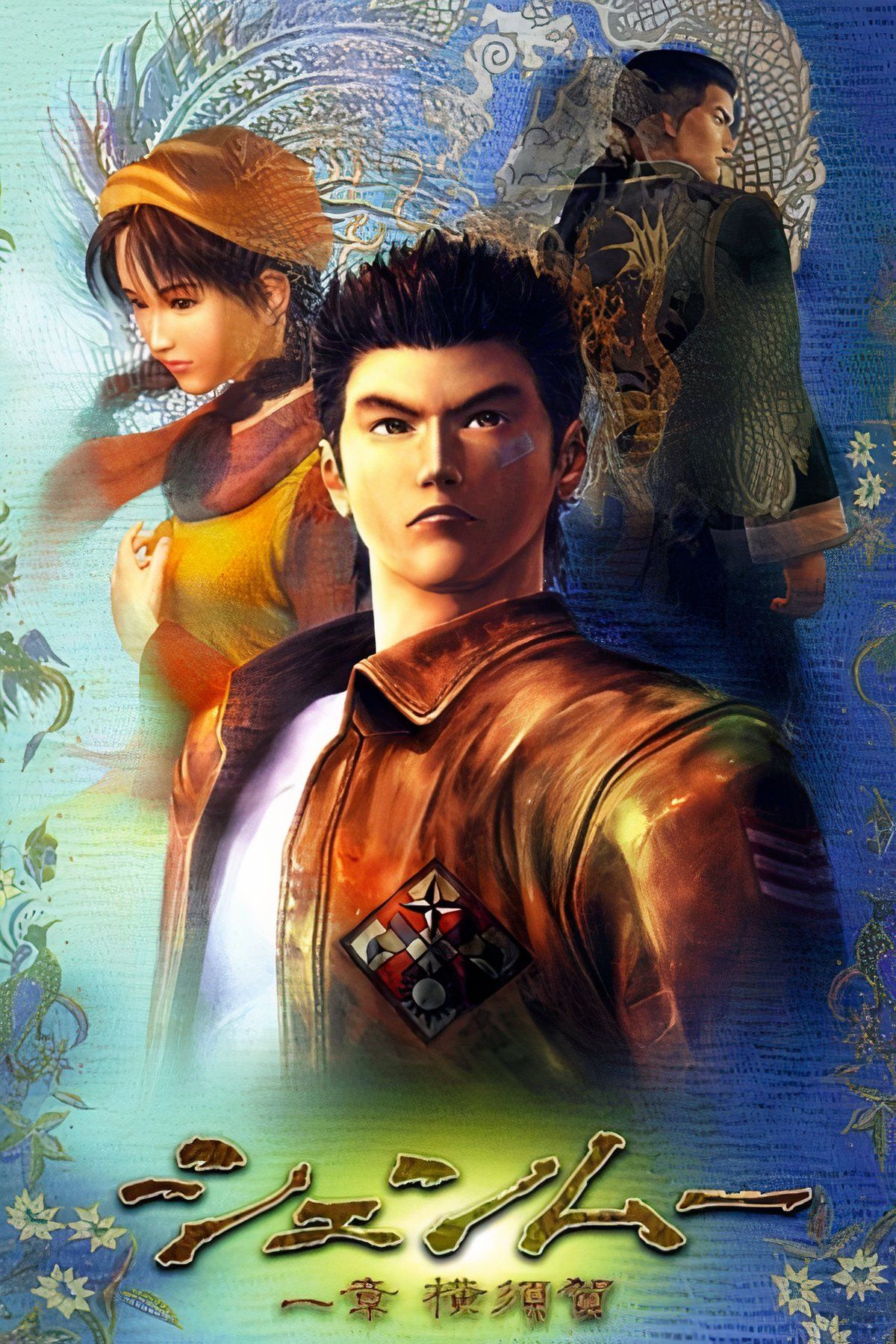
- Released
-
December 29, 1999
- OpenCritic Rating
-
Fair
The Shenmue series isn’t widely known among most gamers nowadays, but it has developed a sort of cult-following among fans since its first appearance on the Dreamcast back in 1999.
Set in a rendition of 1980s Japan, the story follows a martial artist named Ryo seeking to avenge his father’s death and uncover a mysterious artifact called the dragon mirror. While Shenmue was a traditional action-adventure experience at its core, it ambitiously mixed in other components that were not common in gaming at the time. The action focused around 3D fighting, with added gameplay elements like life simulation and social engagement. Players would search for clues by interacting with the environment and NPCs, who each had their own daily schedules throughout the day and night. It made the experience feel much more life-like and immersive than the average game of 1999.
When it comes down to it, Shenmue was well-received for the way it offered a level of depth that hadn’t been reached with many other games before it, ultimately leading it to gathering a loyal following, receiving two more installments since.
4
Phantasy Star Online (2000)
The First Console MMORPG
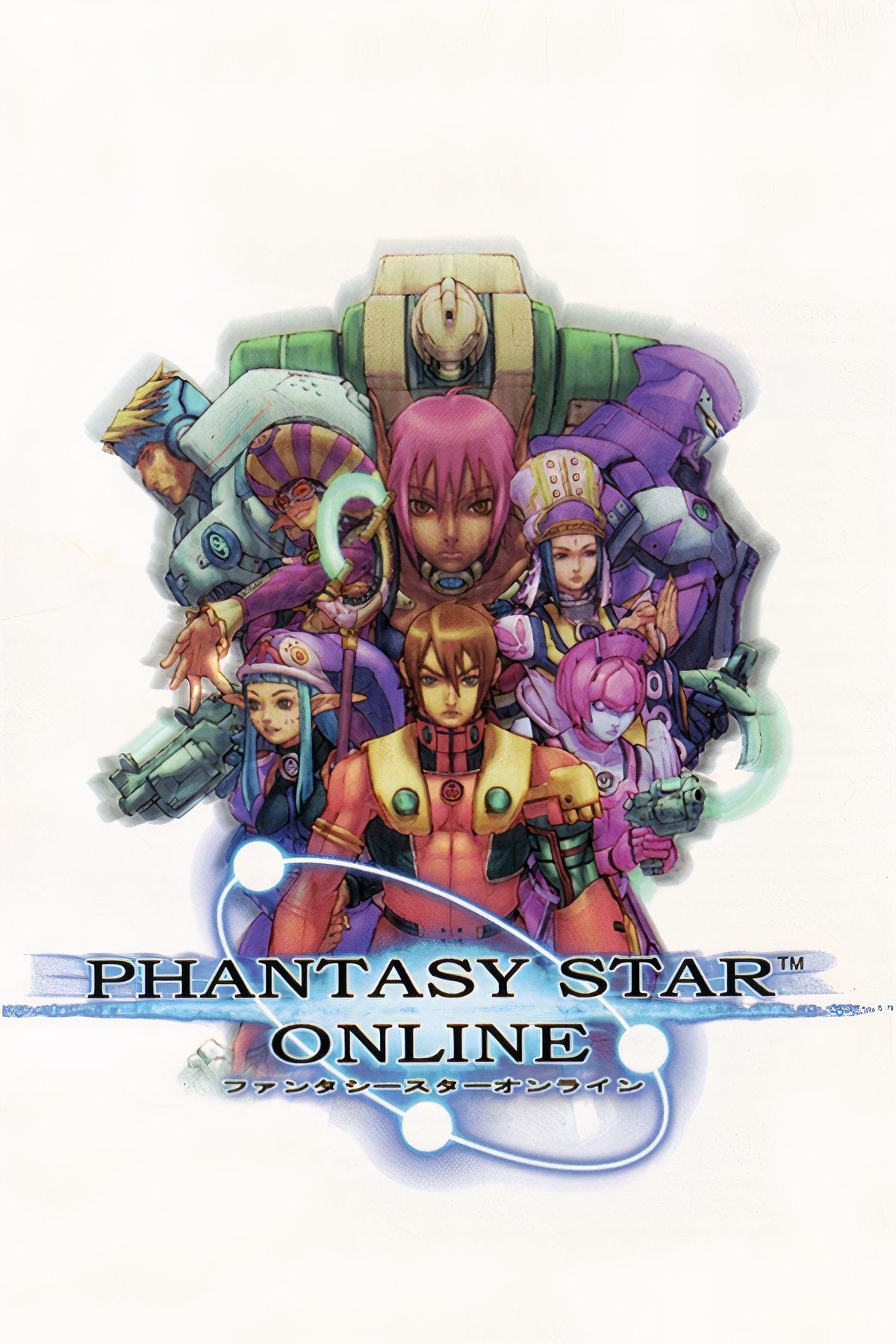
- Released
-
December 21, 2000
When it came to Phantasy Star’s next installment for the sixth generation, Sega decided to go big with the Dreamcast release of Phantasy Star Online in 2000. Not only was it the series’ first entry since 1993, but it has also been credited as one of the first successful MMO games on a console.
MMORPGs were almost exclusive to PCs during their rise in the 1990s, but PSO finally broke that trend. The game allowed a party of up to four to experience the game with one another through the blazingly fast glory of dial-up internet! The team could battle enemies, complete quests, and explore the brand-new world of Ragol without the need for split-screen play. The multiplayer component alone was revolutionary for online gaming, influencing many other titles, like the Monster Hunter and .hack series of games.
Despite some stiff RPG competition that year, Phantasy Star Online would still win 2000’s Game of the Year in Japan over the likes of Majora’s Mask and Dragon Quest VII. Even though official servers were shut down in 2010, there is still a small yet dedicated community of fans playing the original game on private servers to this day.
3
Halo: Combat Evolved (2001)
Where It All Began For The Franchise
Ah, the Halo series. Where does one even start when talking about one of the most popular and revolutionary names in the FPS genre? Well, it all started back in 2001 when Halo: Combat Evolved took gaming by storm on Microsoft’s first ever game console.
9:50

Related
Halo Combat Evolved – E3 2000 Trailer Xbox
Halo: Combat Evolved Anniversary comes to PC as the second installment of Halo: The Master Chief Collection, chronicling the rise of Master Chief.
The game was a launch title for the brand-new Xbox, as well as being exclusive to the platform. Its futuristic, sci-fi plot set in space, coupled with, of course, the unique and unforgettable design of the Spartans, generated a fair amount of hype for both the game and Microsoft’s new home console. It was the first and perhaps the best fast-paced, action-packed FPS title for the Xbox, even featuring bot support and split-screen multiplayer alongside its iconic campaign. Oh, and how could anybody forget the introduction of one of the most recognizable names in FPS history with the beloved Master Chief.
Halo: CE would end up being a smash-hit for the new console, getting rave reviews from critics and gamers, and the name has since grown into a multi-billion-dollar franchise. But, the original game still lives on in the hearts of gamers, and to this day still holds a high spot on the Metacritic Best Games of All-time list.
2
Super Smash Bros. Melee (2001)
Oustanding CameCube Sequel To A Nintendo 64 Classic
Super Smash Bros. Melee continued Nintendo’s beloved beat-em-up series on the GameCube, evolving the original 1999 classic to hit the ground running in the next generation.
5:33
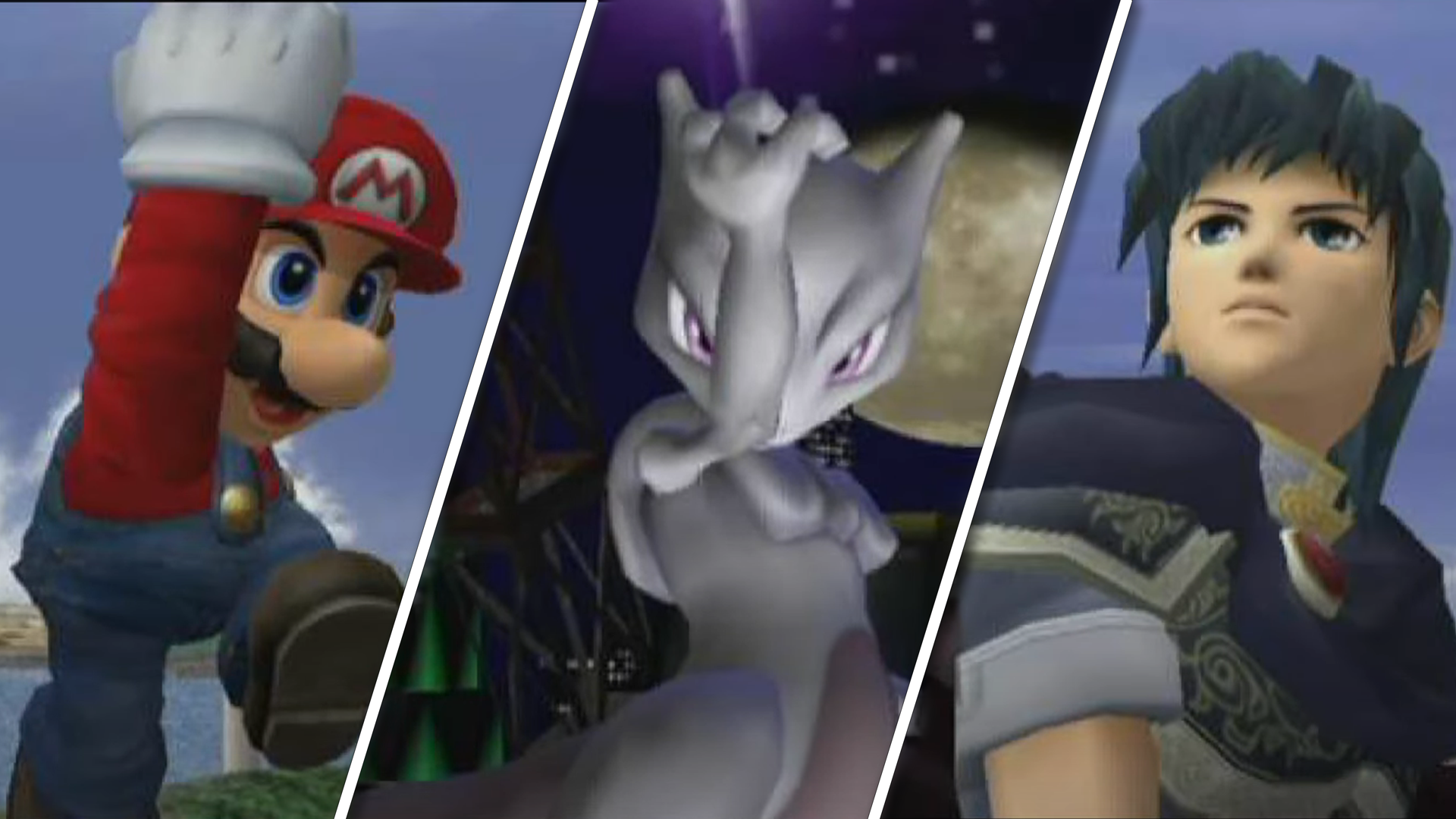
Related
Super Smash Bros. Melee: A Step By Step Guide To Unlocking Every Character
Fire up the old GameCube because it’s time to unlock these 10 characters in Super Smash Bros. Melee!
Nintendo is known for their family friendly approach to gaming, but the formula they developed with the platform-fighting of Super Smash Bros. takes the rough beat-em-up theme and gives it an almost comical style. Melee follows that same approach, and while it has a single-player option, the game is at its best when experienced with a group of friends. Players can choose from a plethora of iconic characters and maps from the Nintendo universe and battle it out in intense couch-co-op fashion.
The game sold over 350,000 copies in Japan within its first week, making it the fastest-selling GameCube game in the country. In the years to come, Super Smash Bros. Melee would become one of the staple “must-own” titles on the GameCube. Its popularity would soon branch out into esports as well, where it is played at a high level of competition, even to this day.
1
Grand Theft Auto 3 (2001)
GTA Takes The Big Leap To 3D

- Released
-
October 23, 2001
Surely any one of the PS2’s Grand Theft Auto titles could easily be labeled as influential, but Grand Theft Auto 3 was a fundamental starting point, jumping the series over to being fully 3D from a third-person perspective. This marked a big shift for the franchise and quickly moved it right into mainstream popularity.
Long known for its top-down perspective, experiencing Liberty City in 3D was a revolution for GTA fans. Grand Theft Auto 3 took the same open-world freedom established in the first two games and brought it to a whole new level of realism. With that came a much more involved story and a diverse collection of characters, missions, and locations. The game follows Claude Speed, after being betrayed and left for dead during a bank robbery, wrapping the player up in a whole underworld of crime that takes them across the city on a mission for revenge.
Among its many advancements, Grand Theft Auto 3 wasn’t just instrumental to the series but the genre of open-world games as a whole. At the time, the game was incredibly well-received, as many publications gave the game perfect review scores. As a testament to its groundbreaking legacy, GTA 3 still currently sits in the list of Best Games of All Time on Metacritic.

More
How Grand Theft Auto 3 Set The Franchise Up for Success
Grand Theft Auto is known for its open worlds and liberal approach to mischief, and its third outing is the most influential of the bunch.


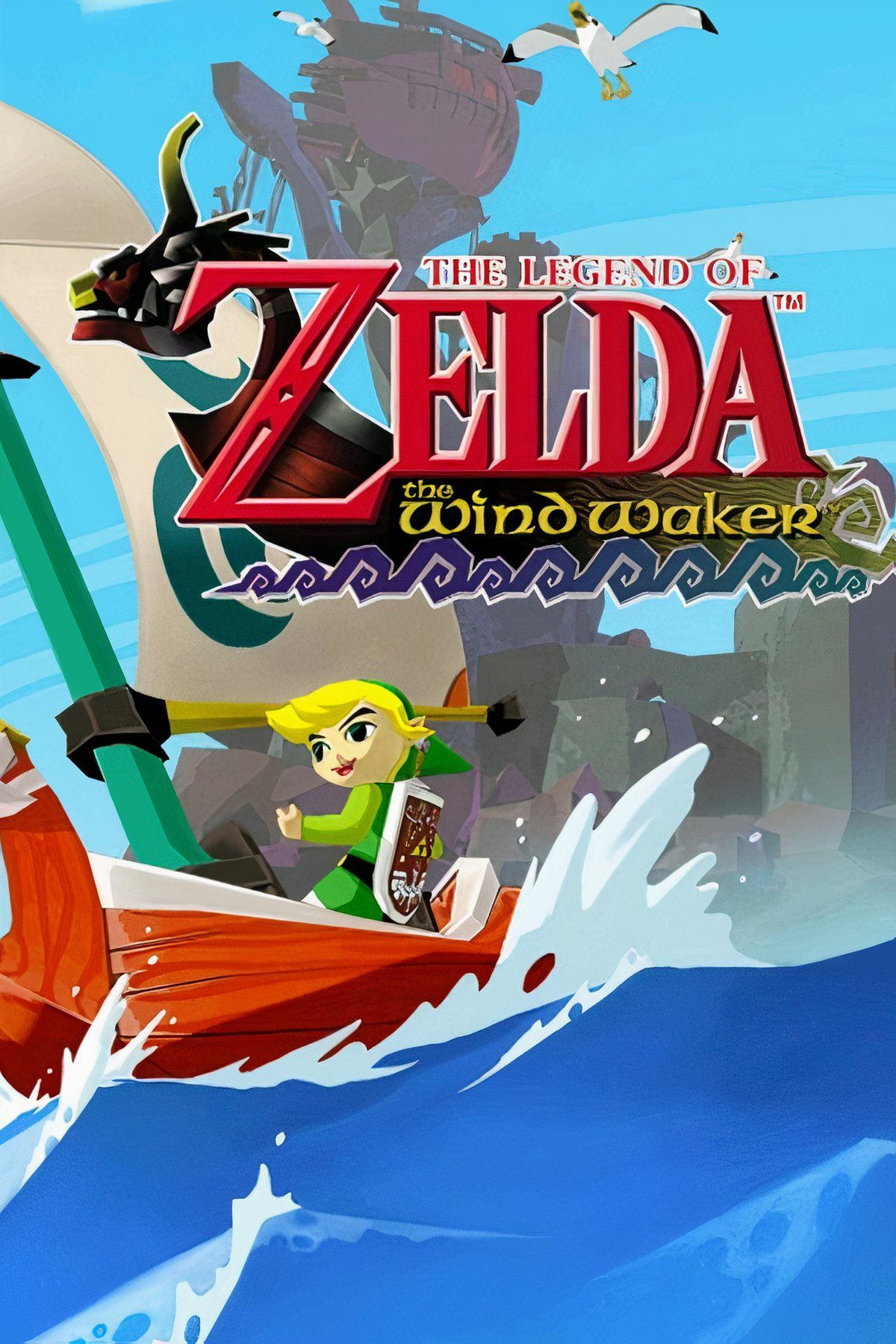

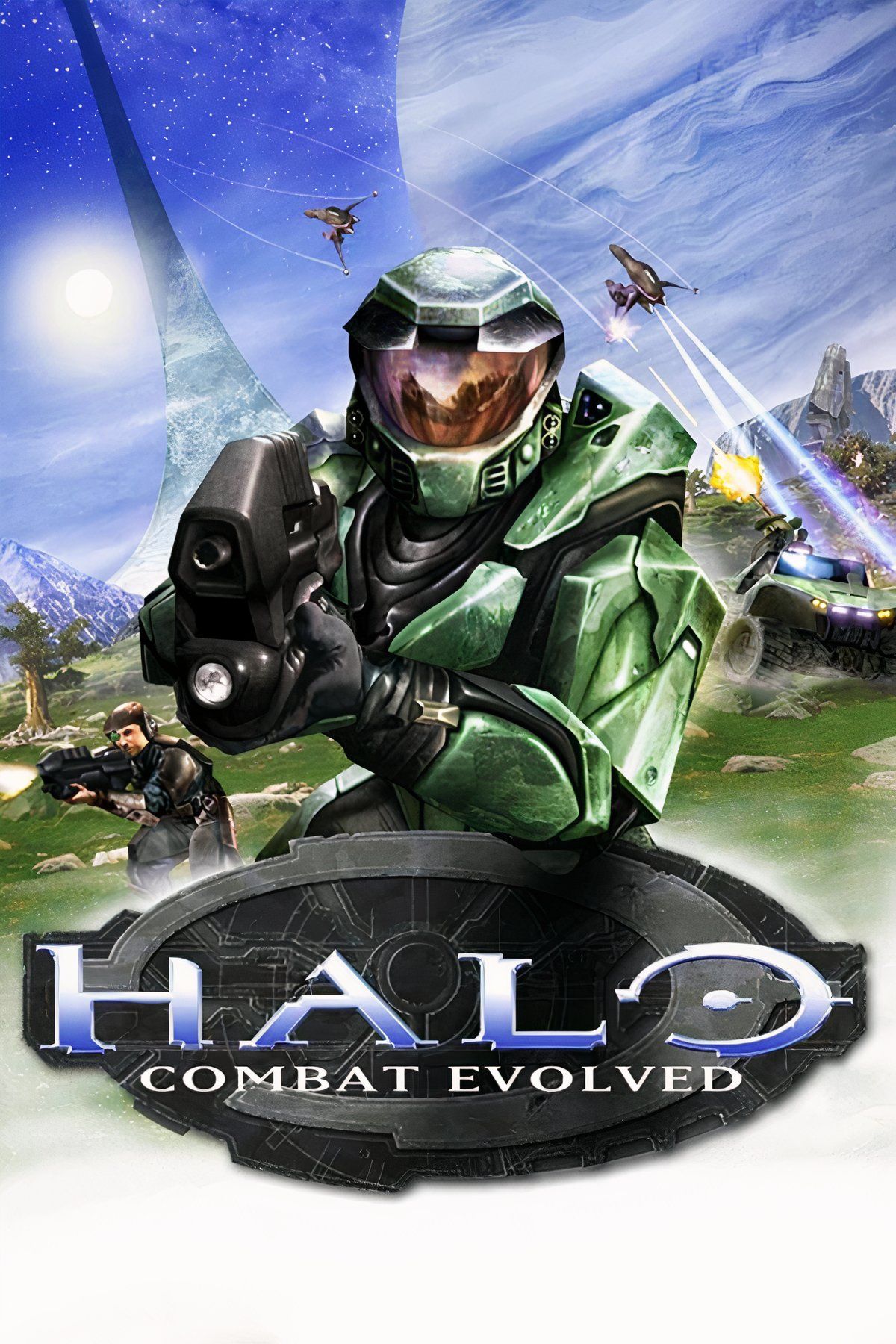












Leave a Reply